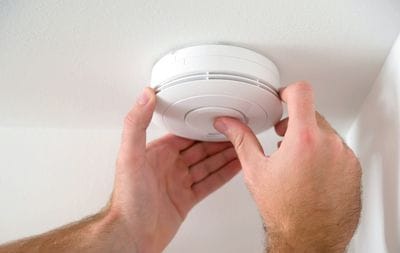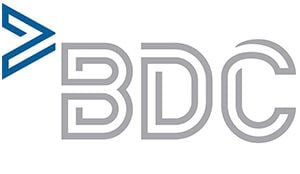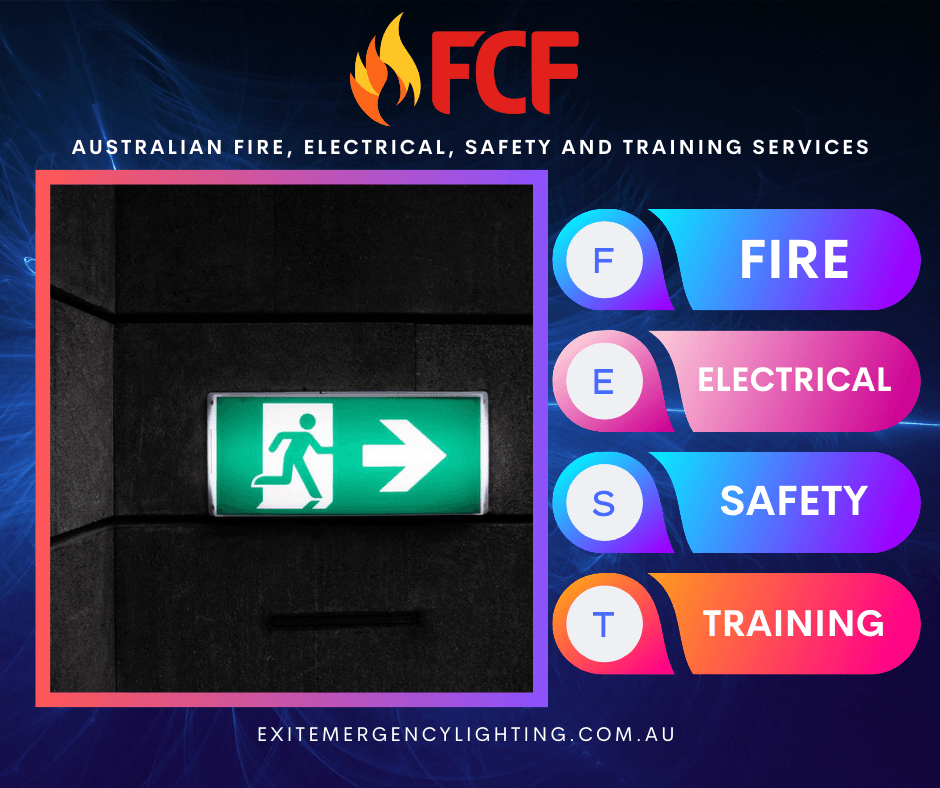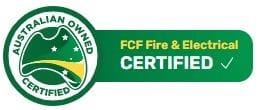Tasmania: Smoke Alarm Testing
Smoke alarms are life-saving devices that are way too frequently neglected. A lot of homes have one fitted but forget to test it periodically and change the batteries annually. Several houses do not have any alarms fitted, or perhaps do have them, but have removed the batteries. It must be emphasised just how vital it is that homes have at least one smoke alarm on each floor and that they are kept in good working order.

A smoke alarm provides the early critical warning that will provide you with sufficient time to round up your family and get out of your home. If there is no functioning alarm and a fire starts at the peak moment when you're asleep, the odds of survival are greatly reduced. Smoke is heavy, toxic and thick, and the faster you are alerted to the danger, the greater your chances of survival.
Installing and Testing Your Smoke Alarms
It is eminent that all of your smoke alarms are fitted correctly and safely and are in the appropriate area.
- You need to have at least one alarm per floor in a house, but the more you install, the greater your security and protection.
- Be sure you stick to the fitting directions, and in case unsure, ask somebody to help.
- Install the unit upon the ceiling, preferably, and at least a foot away from lighting and walls.
- Bear in mind that you will find 2 kinds of detectors ionisation and optical; homes with both have better safety and protection. Ionisation alarms are sensitive to the smoke triggered by fast-burning fires. They are best installed near your kitchen. Optical alarms are good at detecting smouldering, slow-burning fires, and are a good option for the hallway and near the living room.
- You should install a photoelectric smoke alarm in each sleeping area (bedroom), hallway and living area. Smoke alarms should be supported by a home fire escape plan.
- Test alarms frequently using the test button.
- Vacuum dust from alarms every six months.
- Replace batteries once a year. Some alarms have 10-year lithium batteries that do not need replacing every year.
- Mains powered smoke alarms also have back-up batteries - check with the manufacturer if your model has batteries that need to be replaced regularly, or whether it has a rechargeable battery.
- Young children are likely to sleep through the sound of a smoke alarm, so you must alert them to a fire and help them escape to safety.
- Installation of a smoke alarm is quick and easy. Follow the manufacturer's instructions. Generally, because smoke rises, mounting in the middle of the ceiling is recommended.
- Maximum protection can be gained from interconnecting smoke alarms - when one smoke alarm operates, all connected alarms will operate.
- All alarms have a use-by date of 10 years, after this time, the entire alarm must be replaced.
Types of Smoke Alarm Tasmania
There are two main types of smoke alarms for home use: ionisation and photoelectric.
Photoelectric smoke alarms are usually much faster at detecting smoke from smouldering synthetic material than ionisation alarms.
In a typical house, fire-burning material smoulders and smokes for a long time (possibly a few hours) before flaring into flames. It's vital to detect the fire early in the smouldering phase so you can put out the fire or escape.
Studies have shown that photoelectric alarms typically respond to smoky fires within about three to five minutes. Ionisation alarms can take much longer up to 20 minutes or more by which time escape can be much more difficult.
DFES recommends you install photoelectric smoke alarms in your home. Get more information here.
Maintaining and Testing Your Smoke Alarm
- Once a week, test your alarms using the test button.
- Change the batteries annually.
- Change the entire device at least every 10 years.
- Vacuum any accumulated dust from the detector every six months with a vacuum extender tube.
There are many things you can do to look after your smoke alarm, and ensure it is always in excellent working condition. If you need help with Tasmania: smoke alarm testing contact FCF.
We have a team of qualified fire protection specialists who offers professional advice in testing, installing, and maintaining your smoke alarms and other fire protection systems. For more information on how we can help you protect your home, contact us today.

)
)
)
)
)
)
)
)
)
)
)
)
)
)
)
)
)
)
)
)
)
)
)
)
)
)
)
)



